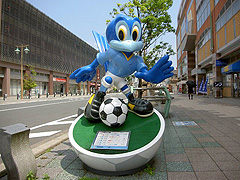
As the home of Jubilo Iwata, the shopping street at the north exit of Iwata Station is named Jubi Road, and the handprints and footprints of directors and players are decorated in places. Enjoy deals and events that take place along with the team's breakthrough. The light tiger city is held every year on the second Sunday of March, May, September and December at 9 to 12, and the view of more than 100 stores in the largest size of Honshu fills the streets is exactly the highlight.
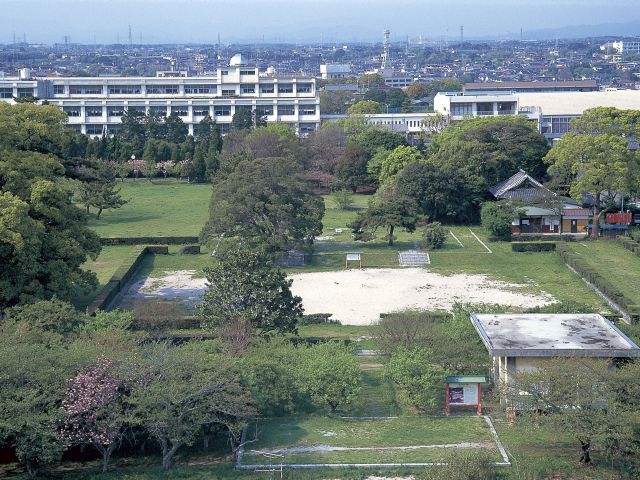
One of the Kokubunji temples built throughout the country during the Nara period. It was excavated in 1951, and was found to have been equipped with Shichido-gaiji, which mimics Todaiji. The site, 180m east-west and 253m north-south, is dotted with the foundation stones of a kintō and auditorium, and is open as a historic site park.
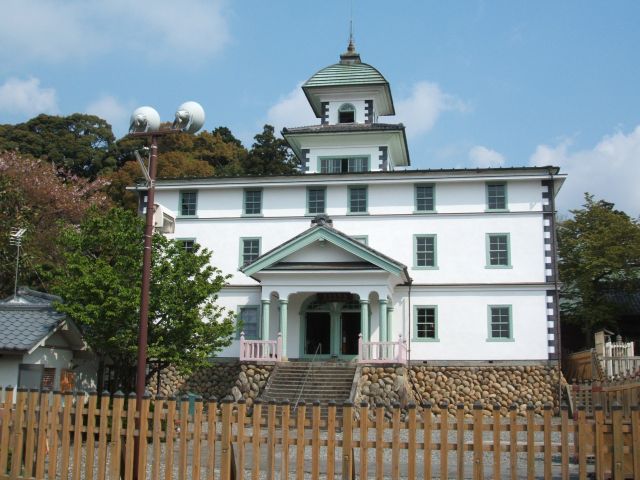
The oldest surviving Japanese wooden miyo-kaze elementary school building, built in 1875 (Meiji 8). It was used as a primary school until 1922, then as a sewing girl's school, a hospital, and so on, and is now an educational museum. In addition to textbooks, stone slabs and organs used from the Meiji era to the Taisho era, folk implements and farm implements are displayed in the museum. Life-size dolls are placed, and the lesson scenery is also reproduced. Take 30 minutes.
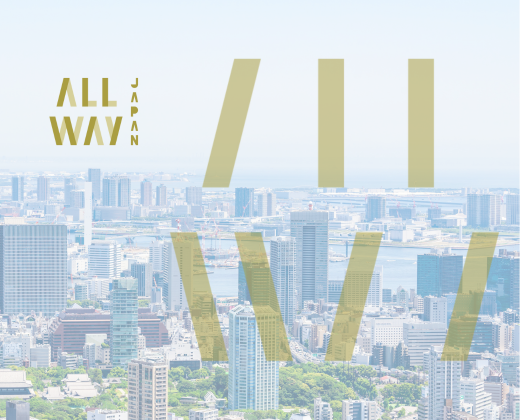
An old shrine revered as Tenjin-sama. It is said that the main priest god Yanahime Mito has the benefits of marriage, safety, child treasure, and child care, and Michizane Sugawara of Aiden is known as the god of academic improvement and passing prayer. After the legend of the spirit dog who exterminated the monster, there is a benefit in the evil remedy, calamity removal, and pet health prayers.

The Fuji of Yukari Kumano, known for the story of the Heike story, is 800 years old. It holds a variety of events during the "Nagato Matsuri" period, when purple flowers are dripped on the Fuji shelf.
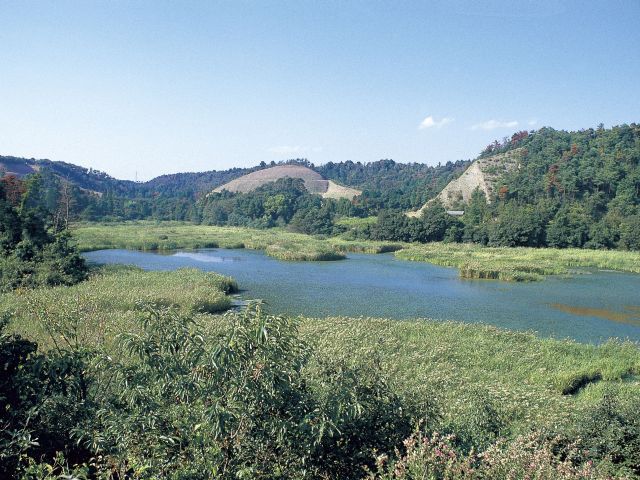
The best dragonfly habitat in Japan with an area of 7.43ha and a circumference of 1.7km. About 70 species of dragonflies, such as dragonflies, have been identified. It is also a treasure trove of wild birds and aquatic plants, and is designated as Shizuoka Prefecture Natural Environment Conservation Area. Observation roads and observation huts are set up on the shores of the swamp, and at the Okigaya Numa Visitor Center in Iwata City, near the entrance of the swamp, there is an exhibition showing the nature and conservation activities of the Okigaya swamp.
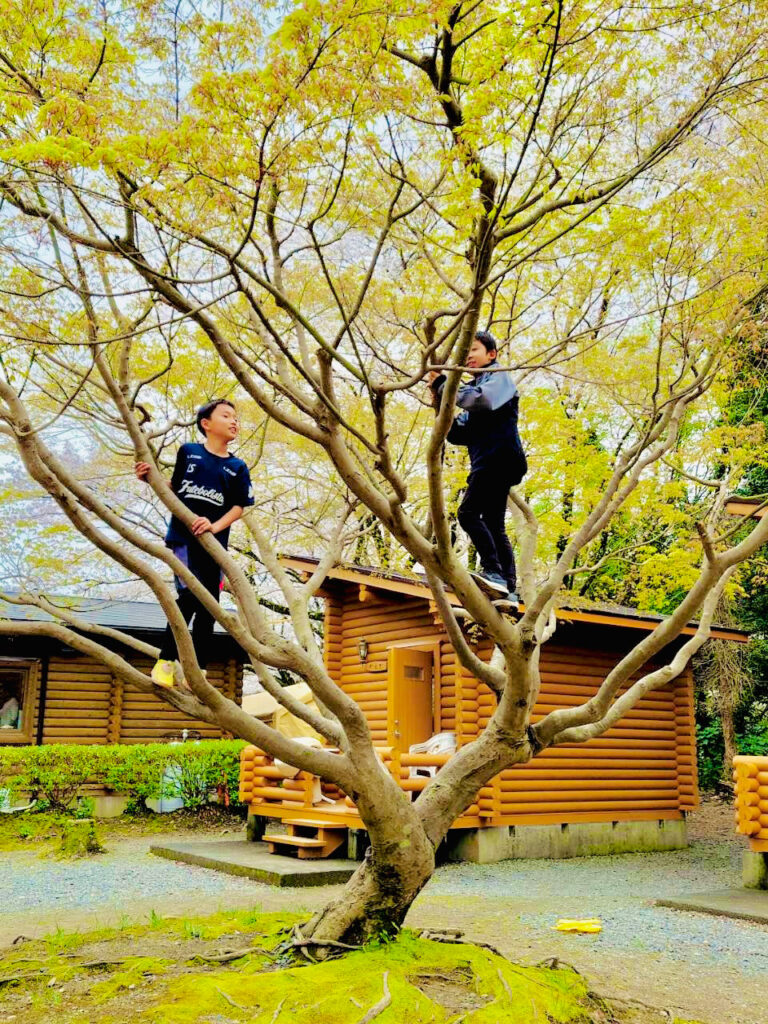
Very quiet and leisurely even though access is good. A small healing campsite. Even though the facilities are in place, including washlet-equipped toilets and free shower cubicle, the cost is quite low, and the cospa is the best. There are jumbo sliders and more, perfect for families. There are also help in setting up tents, and beginners and camp debuts are welcome.
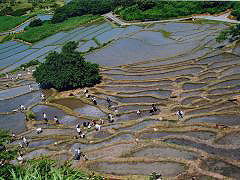
A terraced rice field that remains within the ground-shaped terrain on the west slope of the Makinohara Plateau, in the northeastern part of Kikugawa City. Locally, it is called Sengamachi. Every year, rice is planted in June and rice is harvested in October, and agricultural work is carried out by old-fashioned hand. The dates of rice harvesting and rice planting are confirmed on the homepage "Tanada Ikoyo".
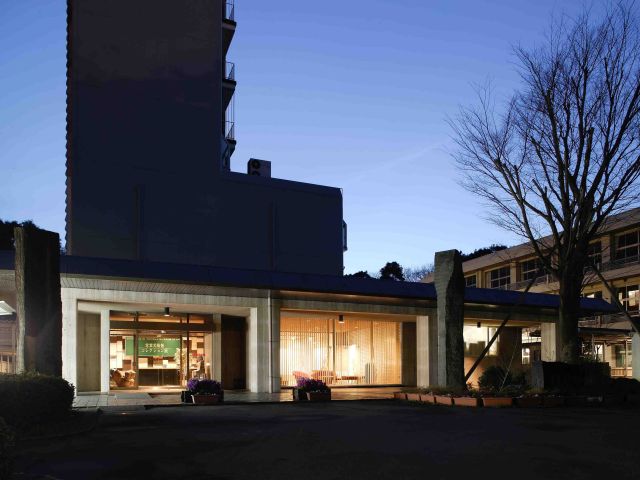
Museum of Art located within Kikugawa High School, Affiliated University. It mainly houses works of Japanese and Western paintings from the Edo period. The special special exhibitions, which are held for about a month in spring and autumn, exhibit on various themes, ranging from those approaching the personality of the writer, such as coloring and lines, to those focusing on writers in a certain area. Take 30 minutes.
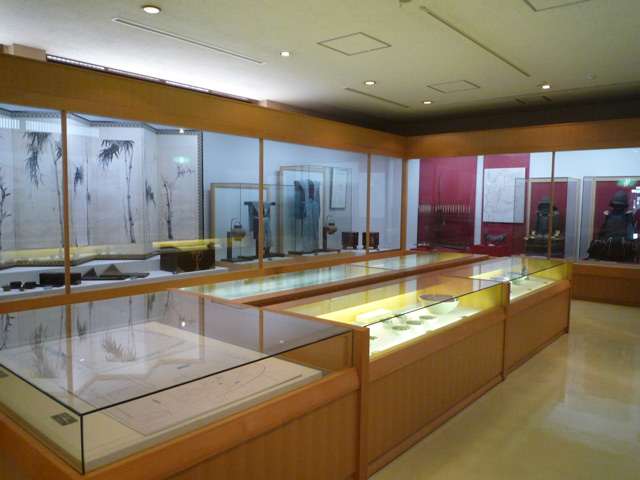
The National Designated Important Cultural Property "Kuroda Family House" consists of a hipped-building main house and a Nagaya gate, and is an architectural structure that conveys the style of the late Edo period Daikanyashiki (only the exterior can be visited). The moat around the mansion is a remnant of the castle hall of the Sengoku period, and is a valuable piece of work that is rare in Japan. The adjacent Daikan Yashiki Museum displays valuable items that are handed down to the Kuroda family, who served as the Daikan for generations, so that you can learn the life of the Daikan at that time from materials.










